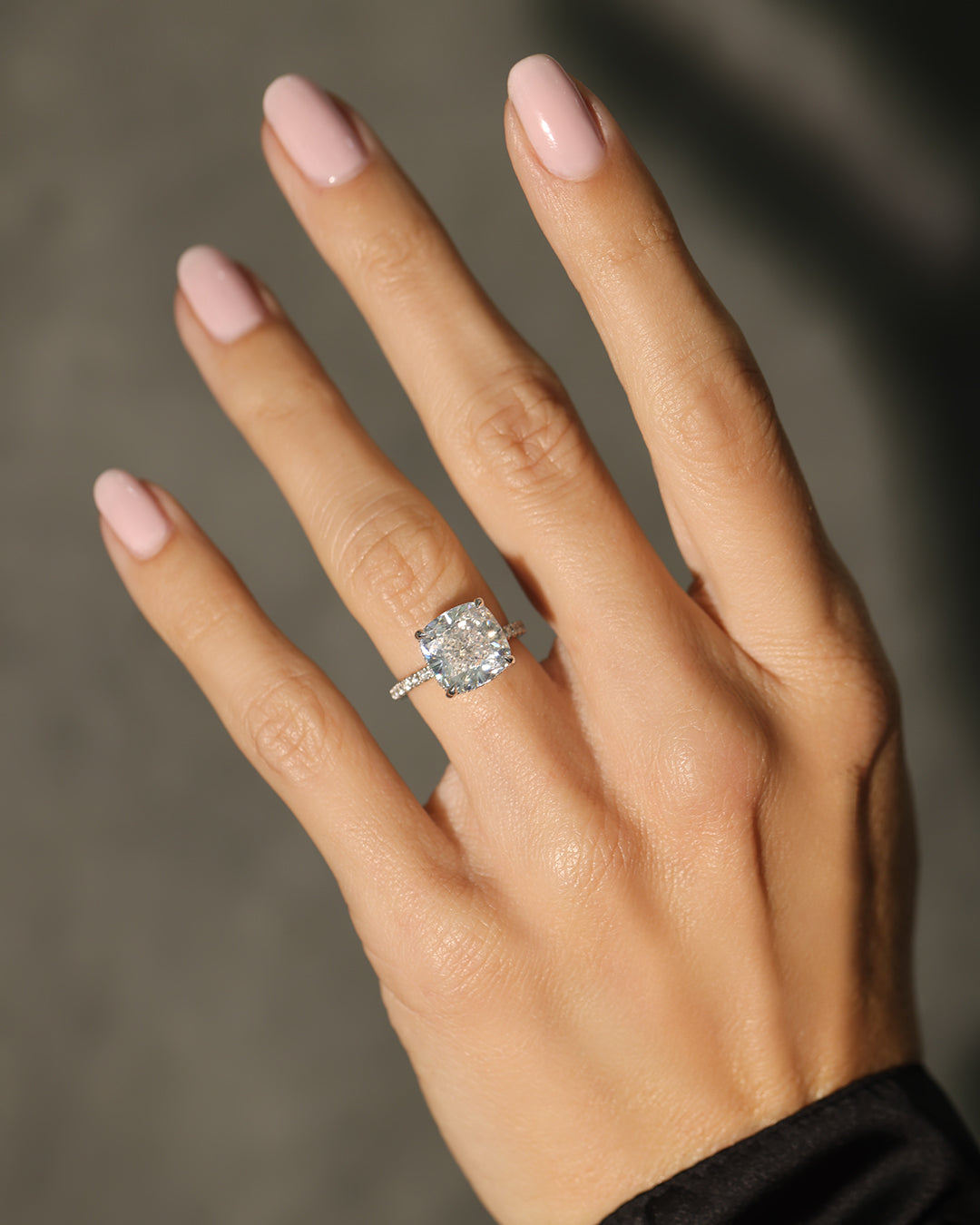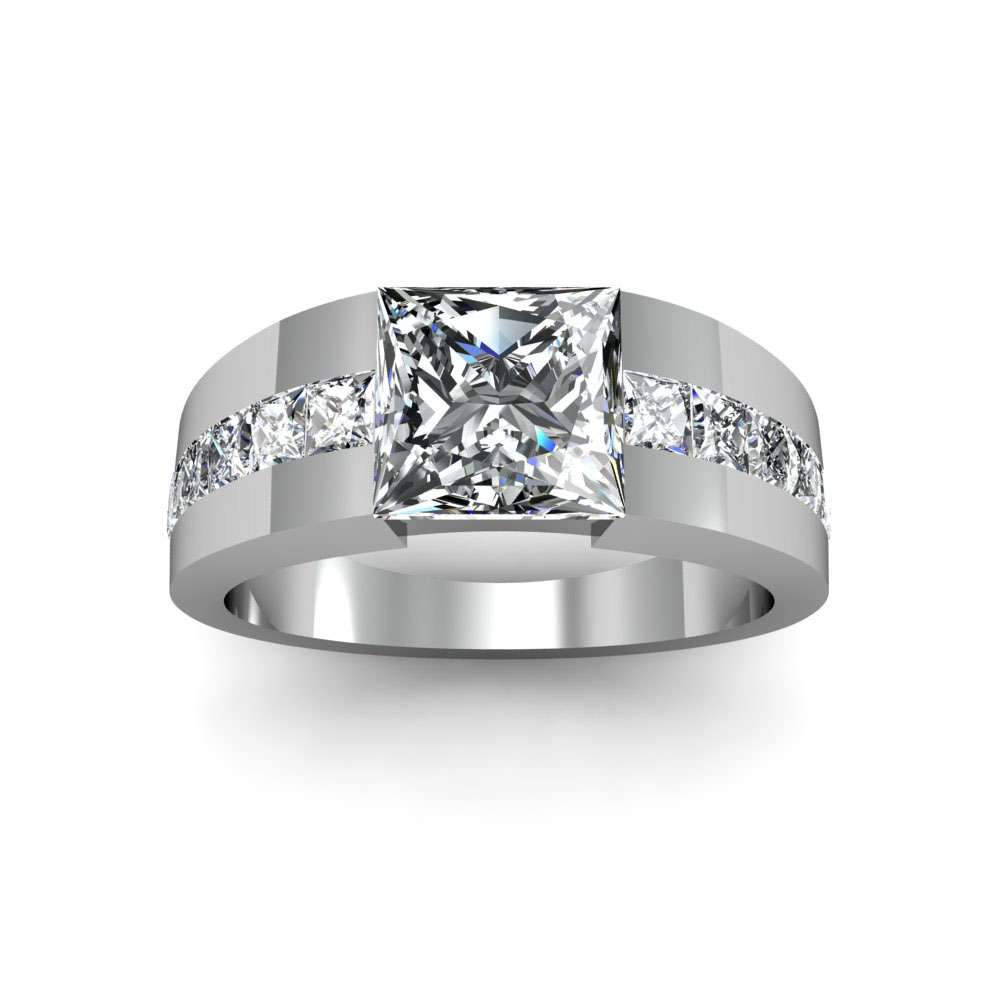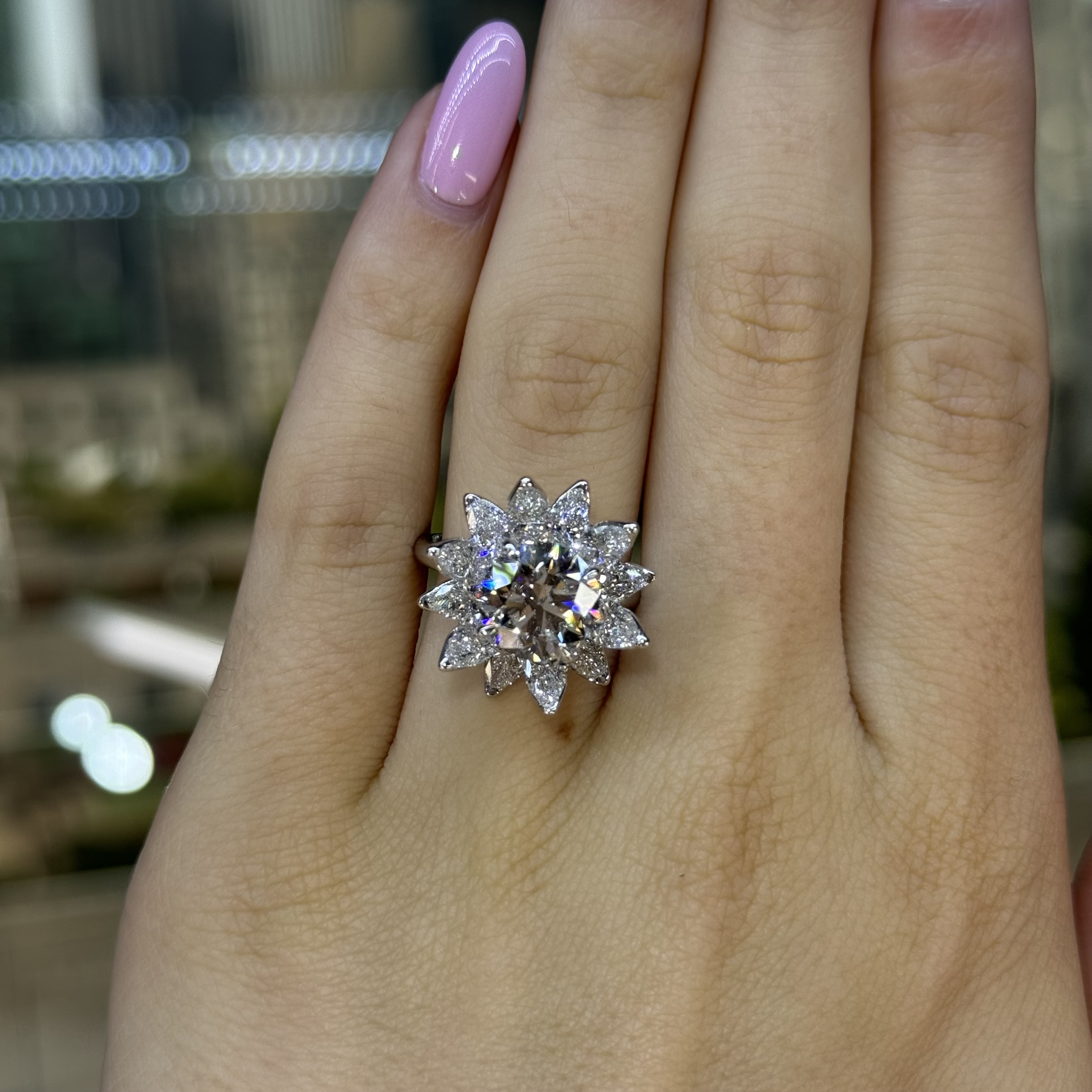How to Find the Perfect Setting for Your lab grown diamond engagement rings
Why Lab Grown Diamond Engagement Rings Are the Perfect Option for Eco-Conscious Couples
Lab-grown Diamond interaction rings present a compelling option for couples who prioritize sustainability. These diamonds offer a striking alternative to conventional mined stones, considerably decreasing environmental harm. They are produced using advanced strategies that guarantee both high quality and sparkle. As understanding of ethical sourcing expands, numerous pairs are reassessing their options. What implications does this shift have for the future of the Diamond market?

The Environmental Influence of Standard Diamond Mining
Diamond mining has actually long been celebrated for its allure and eminence, the ecological repercussions of standard mining techniques are progressively worrying. The extraction of rubies commonly includes substantial land disruption, leading to logging and environment loss for plenty of varieties. Additionally, the process takes in large quantities of water, which can diminish local sources and adversely affect bordering communities. Poisonous chemicals utilized in mining operations can infect nearby water sources, additionally endangering both human populations and wildlife.
The carbon impact connected with transferring mined rubies includes to the overall environmental toll. The hefty equipment and tools needed for mining procedures add substantially to greenhouse gas discharges. As recognition of these issues grows, numerous customers are beginning to wonder about the sustainability of conventional Diamond sourcing. This shift in point of view highlights the immediate demand for even more eco pleasant options, such as lab-grown diamonds, which guarantee to minimize the environmental impact while maintaining the beauty and worth of Diamond fashion jewelry.
The Process of Developing Lab-Grown Diamonds
Lab-grown diamonds are created via two key approaches: High Pressure High Temperature (HPHT) and Chemical Vapor Deposition (CVD) The HPHT procedure resembles the all-natural problems under which rubies form in the Planet's mantle. It includes subjecting carbon to severe pressure and temperature, resulting in the crystallization of carbon atoms into Diamond frameworks. On the other hand, the CVD approach permits for the development of diamonds in a regulated environment. This strategy makes use of a gas blend containing carbon, which is energized to create plasma, making it possible for carbon atoms to down payment onto a substrate and grow layer by layer right into Diamond crystals.
Both approaches create diamonds that are chemically and literally similar to natural diamonds - lab grown diamond engagement rings. The choice of technique frequently relies on the wanted qualities and size of the last treasure. This cutting-edge strategy to Diamond creation not just uses a lasting choice yet likewise permits better transparency in the sourcing of materials
Quality and Brilliance of Lab-Grown Diamonds
While lots of might assume that lab-grown diamonds differ in high quality from their natural counterparts, they actually exhibit equivalent luster and visual allure. Lab-grown rubies are developed making use of advanced innovation that reproduces the all-natural conditions under which diamonds create, causing rocks that have similar physical and chemical properties. These rubies achieve the exact same outstanding clarity and color grading as mined rubies, making them indistinguishable to the naked eye.
In regards to luster, lab-grown rubies commonly display exceptional light performance as a result of their precision-cut aspects. The strenuous quality control throughout production guarantees that these diamonds satisfy high requirements, enhancing their aesthetic appeal. In addition, they are readily available in a variety of sizes and shapes, enabling pairs to locate the ideal ring to match their personal style. Inevitably, lab-grown diamonds provide a splendid combination of charm and quality, making them an appealing choice for engagement rings.
Ethical Considerations in the Diamond Market
As customers end up being increasingly mindful of the moral ramifications bordering Diamond sourcing, the conversation around the Diamond market has shifted markedly. Worries about dispute rubies, usually described as "blood rubies," have prompted ask for greater openness and accountability in mining techniques. These diamonds are extracted in war zones and offered to finance armed problem, increasing severe ethical inquiries for customers. Furthermore, the environmental effect of conventional Diamond mining has come under scrutiny, with concerns such as environment devastation and water air pollution frequently highlighted.
In action, lots of have transformed to lab-grown diamonds as a more ethical choice. These stones are developed in regulated environments, removing the dangers connected with mining. Subsequently, lab-grown diamonds interest customers seeking to make accountable choices that straighten with their worths. The expanding demand for ethical methods remains to improve the Diamond sector, promoting lasting and gentle sourcing approaches.
Cost-Effectiveness of Lab-Grown Diamonds
Lab-grown diamonds offer a compelling option for consumers looking for cost-effective engagement rings - lab grown diamond engagement rings. Valued considerably lower than their all-natural counterparts, they give excellent value for cash without sacrificing high quality or look. This affordability makes lab-grown diamonds an eye-catching option for budget-conscious couples
Reduced Rate Factor
Numerous pairs are uncovering that selecting lab-grown Diamond interaction rings can substantially lower their general expenses without giving up quality or elegance. These rubies normally cost 30% to 50% much less than their extracted equivalents, making them an eye-catching alternative for budget-conscious consumers. The cost advantage occurs from reduced manufacturing costs and a much more efficient supply chain, which removes the costs related to mining. As a result, pairs can purchase bigger stones or more complex setups, boosting the total aesthetic of their rings. This affordability not just enables a much more personalized option but additionally lines up with the worths of eco-conscious couples who focus on sustainability while continuing to be monetarily wise. Lab-grown rubies offer a perfect mix of sophistication and economic climate.
Value for Cash
The cost-effectiveness of lab-grown diamonds expands beyond their preliminary cost, offering extraordinary worth for cash. Unlike natural diamonds, lab-grown choices can be up to 40% less costly while maintaining the very same physical and chemical residential or commercial properties. This price allows pairs to buy bigger or higher-quality stones without surpassing their budget plans. The resale value of lab-grown rubies is gradually enhancing, making them an extra sensible choice for future financial factors to consider. In addition, lab-grown rubies usually feature reduced ethical and environmental prices, providing pairs with satisfaction. By choosing lab-grown rubies, eco-conscious couples not only conserve money however also add to lasting practices, improving their total value proposition in the fashion jewelry market.

Personalization Options for Lab-Grown Involvement Rings
Exactly how can pairs guarantee their interaction ring reflects their unique romance? Personalization choices for lab-grown Diamond interaction rings provide an optimal service. Couples can pick from numerous Diamond shapes, consisting of round, princess, go to my blog or oval, enabling them to select a design that reverberates with their personal aesthetic.
In addition, they can pick the setup-- be it jewelry, halo, or vintage-inspired-- making sure the ring enhances the Diamond's sparkle. Metal choices, such as white gold, yellow gold, or increased gold, better enhance customization, satisfying private tastes.
Additionally, couples can include significant engravings, including a sentimental touch that represents their bond. With these extensive modification choices, lab-grown Diamond involvement rings not only embody a couple's love however also show their values, making them an ideal selection for eco-conscious collaborations. Ultimately, these rings end up being a real i loved this depiction of their unique trip with each other.
Often Asked Inquiries
How Do Lab-Grown Diamonds Contrast to Natural Diamonds in Value?
Lab-grown diamonds generally set you back 20-40% much less than all-natural rubies, offering similar high quality and appearance. Their reduced price factor makes them an appealing option, specifically for budget-conscious customers seeking moral and sustainable options in precious jewelry.

Are Lab-Grown Diamonds More Resilient Than All-natural Diamonds?
Lab-grown rubies possess the very same physical and chemical homes as natural diamonds, including sturdiness. Both kinds score an excellent 10 on the Mohs scale, making sure that lab-grown rubies are just as resistant to scratching and damages.
Can Lab-Grown Diamonds Be Re-selled Quickly?
Lab-grown diamonds can be re-selled, but their market need varies contrasted to natural diamonds. While some purchasers appreciate their ethical beginnings, others may like natural options, possibly impacting resale worth and simplicity of deal.
What Are the Treatment Recommendations for Lab-Grown Diamonds?
Lab-grown rubies need regular treatment to keep their sparkle. Cleansing with light soap and warm water, using go a soft brush, and preventing rough chemicals will help protect their glimmer and honesty for years to come.
Exist Any Type Of Accreditations for Lab-Grown Diamonds?
Lab-grown rubies can be accredited by respectable companies such as the Gemological Institute of America (GIA) and the International Gemological Institute (IGI) These accreditations ensure high quality, credibility, and adherence to industry standards for lab-created gems.
Both approaches generate rubies that are chemically and physically similar to natural diamonds. Lab-grown rubies are produced using innovative technology that replicates the natural conditions under which rubies create, resulting in stones that have identical physical and chemical properties. Lab-grown diamonds commonly set you back 20-40% less than natural diamonds, using comparable high quality and look. Lab-grown diamonds possess the very same physical and chemical buildings as natural diamonds, including longevity. Lab-grown rubies can be re-selled, however their market demand varies contrasted to all-natural rubies.